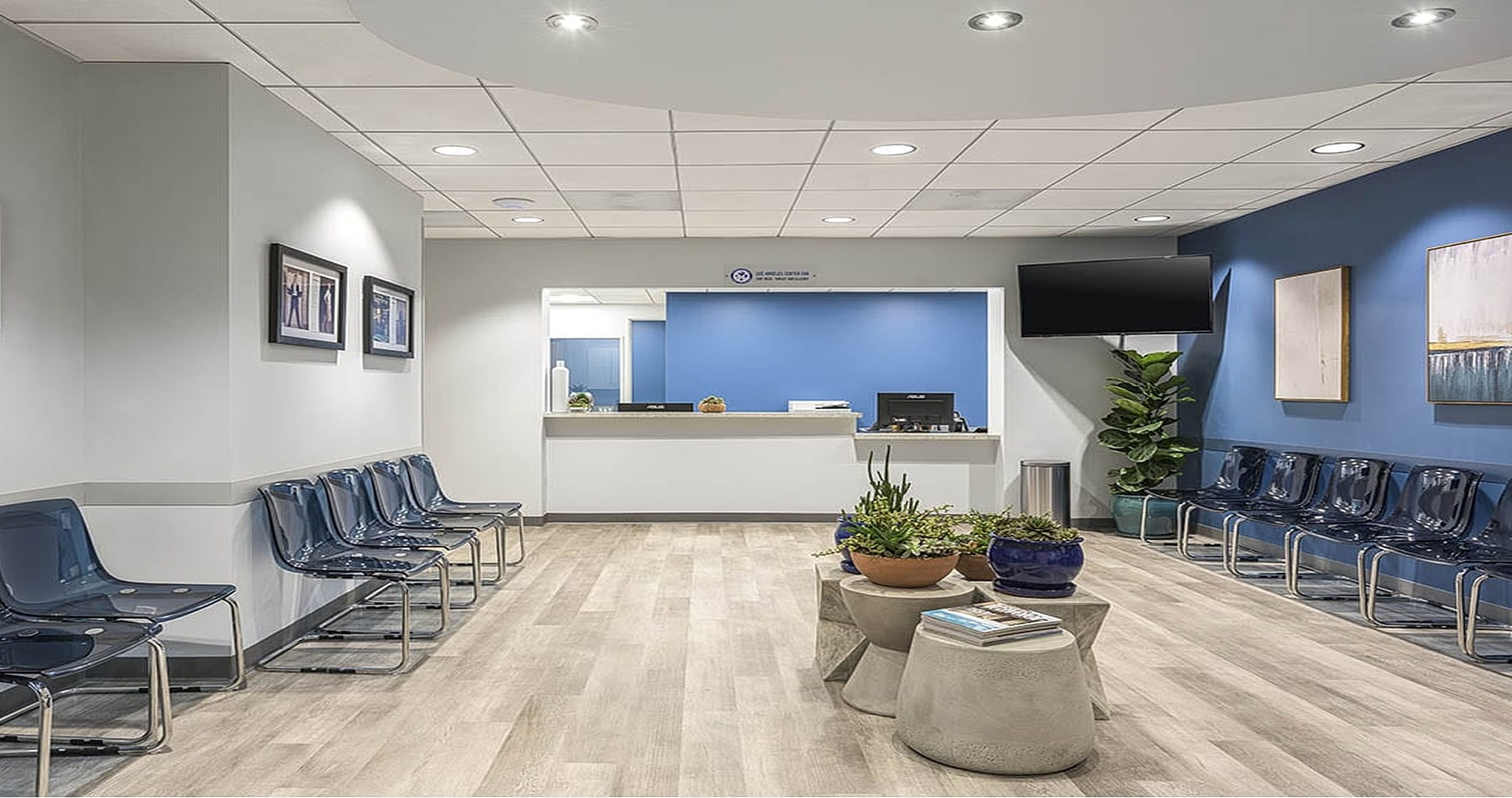Vocal feminization surgery is a gender-affirming procedure that modifies the pitch, resonance, and overall quality of the voice to create a more feminine sound.

















The voice plays a vital role in how we express ourselves. Vocal feminization surgery (VFS) is a gender-affirming procedure that adjusts vocal pitch and resonance to achieve a more traditionally feminine sound, supporting alignment between your voice and your gender identity.
At SoCal ENT, we offer expert care in an inclusive, welcoming setting. Our team uses the Vocal Fold Shortening and Retrodisplacement of the Anterior Commissure (VFSRAC) technique, which achieves authentic-sounding results without any external incisions. This approach is designed for a smooth recovery and a natural, confident vocal transition.





Vocal feminization surgery (VFS) is a gender-affirming procedure that refines the length, tension, and structure of the vocal folds to create a higher-pitched, more characteristically feminine voice. At SoCal ENT, our surgeons perform the advanced VFSRAC technique, which achieves these changes without the need for external incisions.
Unlike older methods that simply shorten the vocal cords, the VFSRAC approach takes airflow and vocal dynamics into account. This results in a more natural resonance and tone. This technique also minimizes trauma to surrounding tissues for a smoother recovery.
Your journey begins with a comprehensive consultation with one of our ENT specialists. During this appointment, we evaluate your current vocal pitch, range, and quality, discuss your personal goals, and review your medical history to determine whether you’re a strong candidate for surgery.
To prepare for the procedure, you may be advised to temporarily discontinue certain medications, such as NSAIDs and herbal supplements, that could increase bleeding risk. If you smoke, you’ll also be encouraged to quit, as smoking can interfere with healing and increase the risk of complications.
The VFSRAC procedure typically takes between 45 and 60 minutes and is performed under general anesthesia. Using a slender, endoscopic instrument inserted through the mouth, our surgeons are able to complete the operation without any external incisions. During the procedure, the vocal folds are carefully shortened and repositioned to elevate pitch. Ultra-fine, permanent sutures—thinner than a strand of hair—are used to secure the new vocal fold structure and support long-term vocal stability.
After surgery, patients are monitored before returning home the same day.
The VFSRAC method provides several benefits compared to other voice feminization techniques, making it a leading option for gender-affirming vocal surgery:

Vocal feminization surgery is a good option for transgender women and non-binary individuals who feel distress or dissatisfaction with the sound of their voice. The best candidates typically:
If you're uncertain whether VFS is the right path for you, our experienced team will walk you through your options and help you make an informed decision during your consultation.

Recovery is relatively straightforward but requires strict adherence to voice rest for the best possible outcome:
It’s normal to experience temporary hoarseness, throat swelling, or mild discomfort during the initial recovery phase. Our care team will provide detailed, individualized aftercare instructions to support a successful healing process.

The majority of patients develop a more feminine-sounding voice within 3 to 6 months after surgery. As healing progresses, continued refinement in pitch, tone, and resonance can be expected, especially when supported by consistent voice therapy.
Thanks to the VFSRAC technique’s focus on airflow and vocal function, the results not only sound authentic but also maintain vocal comfort without unnecessary strain.
No, the surgery is done under general anesthesia, so you won’t experience any pain during the procedure. Some temporary hoarseness and swelling are expected afterward but typically resolve within a few weeks.
Yes. The VFSRAC method is designed to maintain healthy vocal function and airflow, producing a higher-pitched voice that sounds smooth, authentic, and feminine.
Yes, the procedure is considered safe when performed by skilled ENT surgeons. As with any surgery, there are some risks, including the potential for scar tissue, temporary hoarseness, and, in rare cases, bleeding or infection.
Yes, once healing is complete, the results are permanent.
The cost will depend on the specifics of your procedure and will be reviewed at your consultation. We offer flexible payment options to make care accessible.
Absolutely. Voice training helps fine-tune your pitch, tone, and resonance after surgery, leading to more natural and consistent results. Many patients find that post-operative voice therapy significantly enhances their outcome.
You’ll need to remain completely silent for the first 14 days following the procedure. After this initial rest period, your surgeon will provide personalized guidance on safely reintroducing speech.